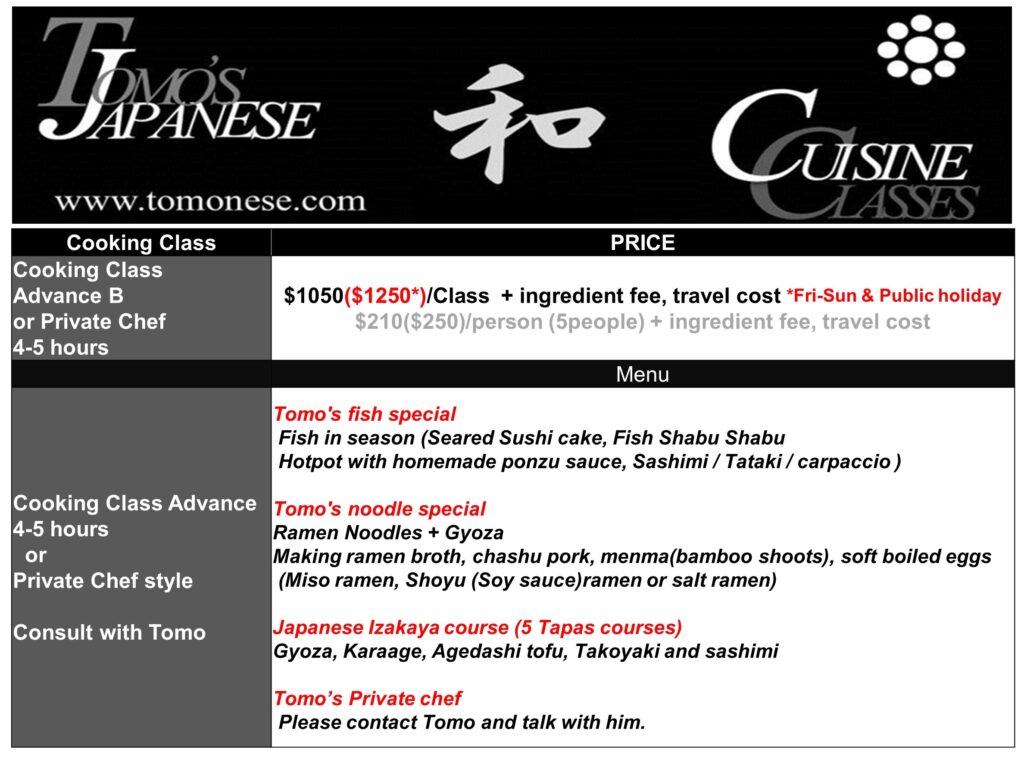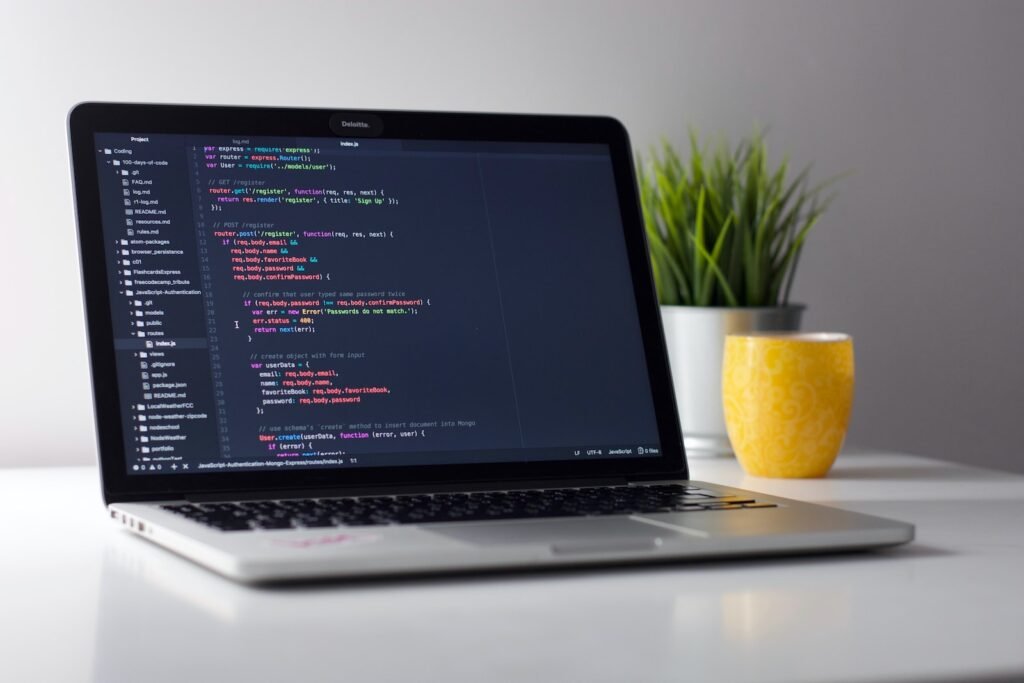Affordable Cooking Classes Exploring Cost-Effective Options

Exploring the Cost of Cooking Classes
Understanding the Investment
Cooking classes offer a gateway to culinary exploration and skill enhancement, but potential participants often wonder about the associated costs. It’s crucial to delve into the breakdown of expenses and understand the value proposition before enrolling in a class.
Factors Influencing Costs
Several factors influence the cost of cooking classes. The reputation and expertise of the instructor, the class duration, the complexity of recipes, and the quality of ingredients used all contribute to the overall cost. Additionally, the location and amenities of the cooking facility can impact pricing.
Class Formats and Pricing Models
Cooking classes come in various formats, each with its own pricing model. One-time workshops may have a fixed fee, while multi-session courses might offer package deals or discounts for bulk enrollment. Online cooking classes often have lower fees compared to in-person sessions due to reduced overhead costs.
Quality versus Affordability
When considering cooking classes, it’s essential to strike a balance between quality and affordability. While cheaper options may seem attractive, they may lack experienced instructors or quality ingredients. Conversely, high-priced classes may offer gourmet experiences but could be financially prohibitive for some.
Budget-Friendly Alternatives
For those on a tight budget, there are several ways to explore culinary education without breaking the bank. Community centers, local libraries, and adult education programs often offer affordable cooking classes taught by skilled instructors. Additionally, online resources such as cooking blogs and video tutorials provide cost-effective learning opportunities.
Exploring Value for Money
Before committing to a cooking class, it’s essential to assess the value it offers. Consider factors such as the instructor’s credentials, class size, hands-on experience, and the opportunity to learn new techniques and recipes. A class may be worth the investment if it provides practical skills and enjoyable learning experiences.
Additional Costs to Consider
In addition to the upfront class fees, participants should be aware of any additional costs associated with cooking classes. These may include ingredient fees, equipment rentals, and optional extras such as recipe books or aprons. Factoring in these expenses ensures a more accurate assessment of the total cost.
Maximizing the Learning Experience
To make the most of a cooking class investment, participants should actively engage in the learning process. Come prepared with questions, take notes during demonstrations, and participate fully in hands-on cooking activities. Building relationships with instructors and fellow classmates can also enhance the overall learning experience.
Seeking Discounts and Special Offers
Many cooking schools and culinary institutions offer discounts, promotions, and special offers throughout the year. Keeping an eye out for these deals can result in significant savings on class fees. Additionally, some schools offer loyalty programs or referral bonuses for repeat customers or those who refer friends.
Planning Ahead for Financial Commitments
Before enrolling in a cooking class, it’s essential to assess one’s financial situation and budget accordingly. Consider the total cost of the class, including any additional expenses, and determine whether it aligns with your financial goals and priorities. Planning ahead ensures that






